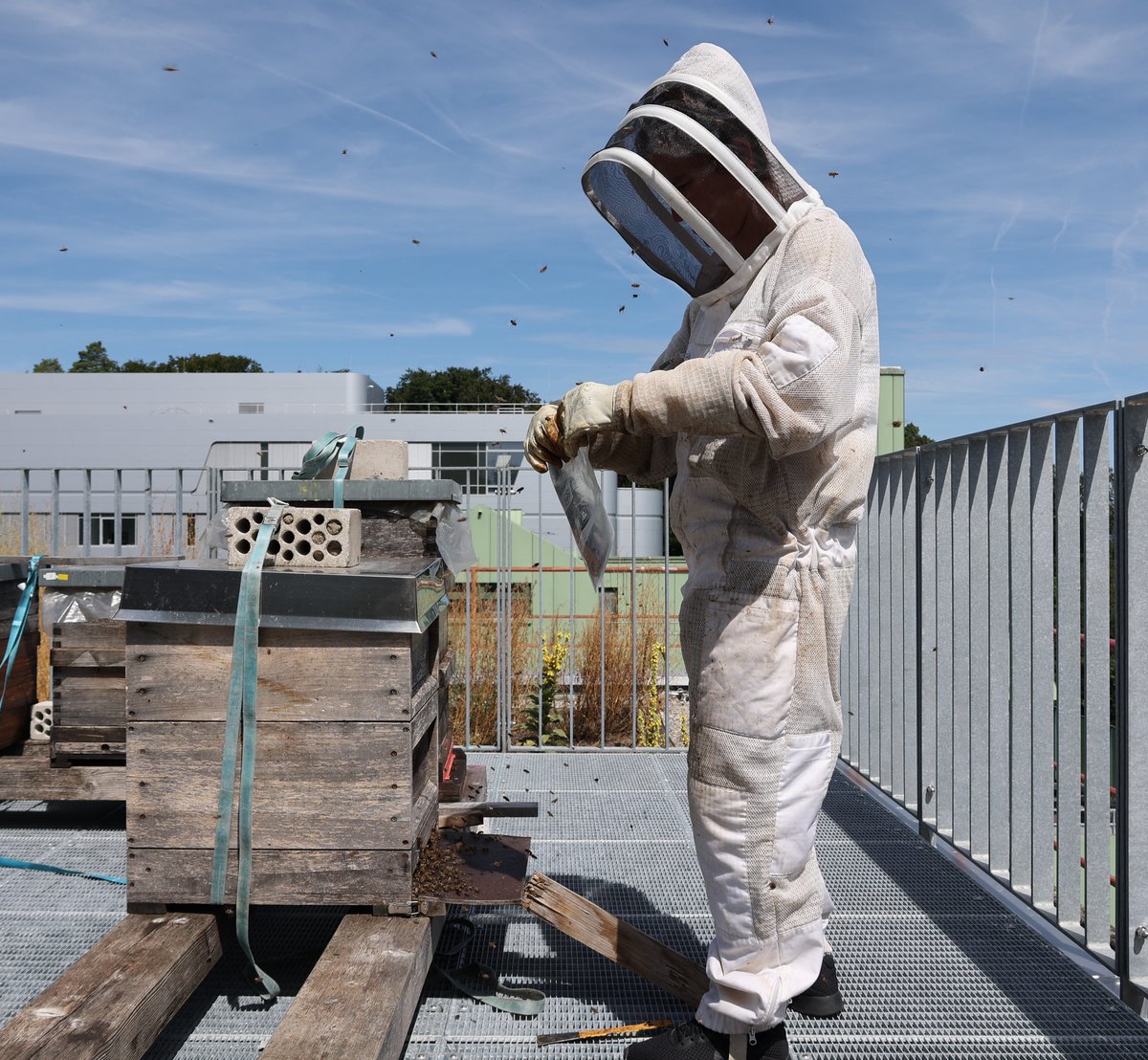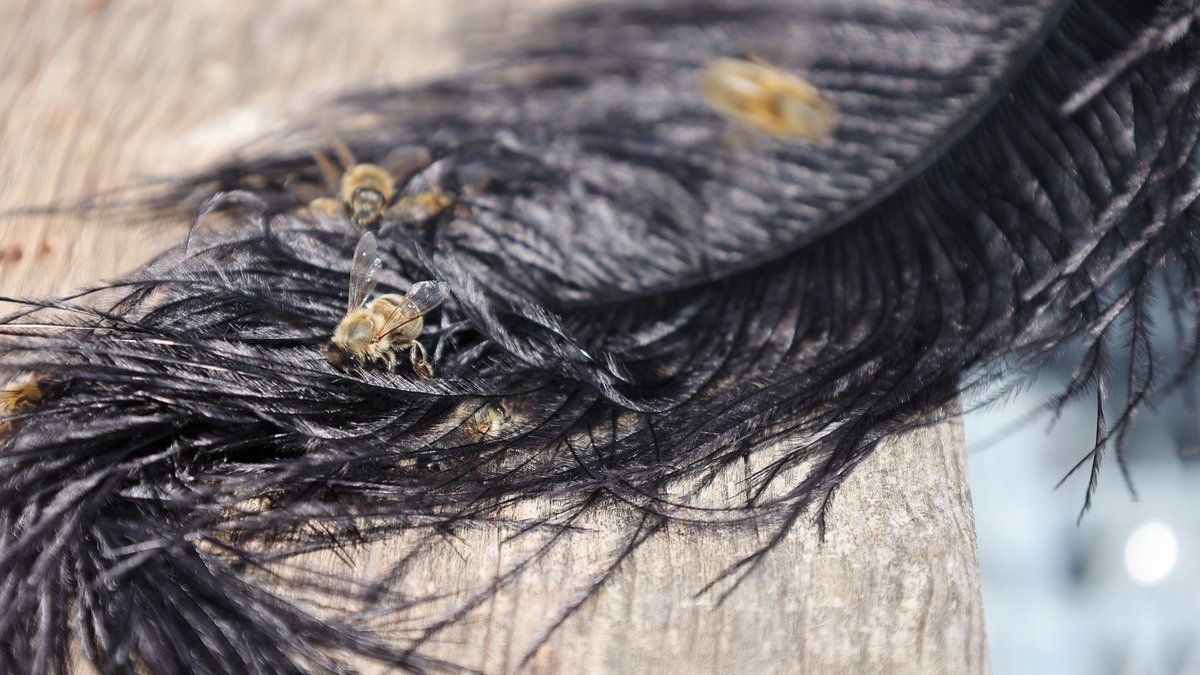
Self-organization during honeybee colony defence
Honeybees defend their colony collectively against large predators by mass stinging. This behaviour requires decentralized coordination between at least two populations of bees: one responsible for the detection of threats and the other for stinging the intruder. Honeybees use the sting alarm pheromone, an odour blend carried directly on their stinger, to communicate during defensive events.
“Recently, we found that responses to the alarm pheromone changed drastically across individual bees depending on their life stage,” says Morgane Nouvian. The aims of this project with the title Self-organization during honeybee colony defence are to understand how alarm pheromone responsiveness is regulated during the life of each bee to create this variability and how this variability, in turn, shapes the resulting collective defensive behaviour.
More specifically, the project will first investigate the link between alarm pheromone responsiveness and the age-dependent division of labour characteristic of honeybee colonies. Second, it will look for the physiological underpinnings of this variability in responsiveness. Finally, it will study the impact of this regulation on colony efficiency both during and outside defensive events, taking into account the suicidal nature of stinging behaviour.
Overall, this project will thus build a comprehensive view of a self-organizing system, the defensive response system of honeybees.

Copyright: E. Böker, CASCB
